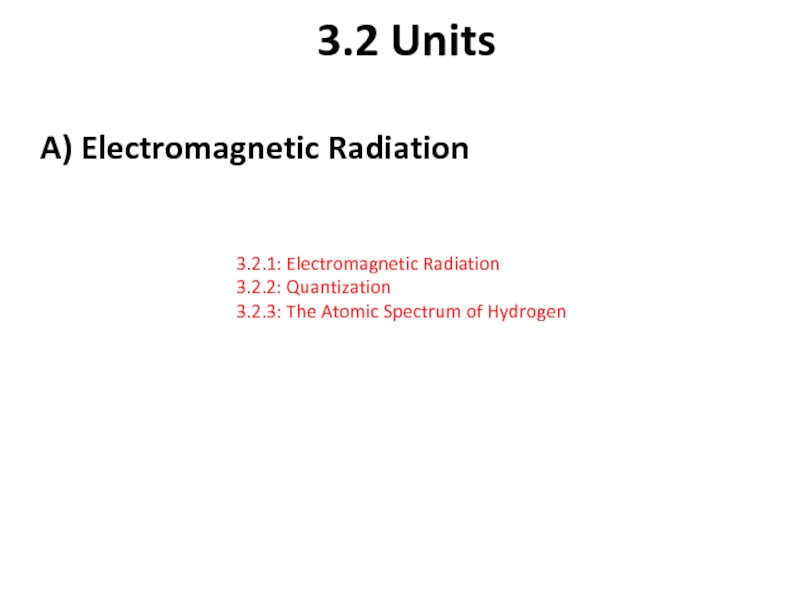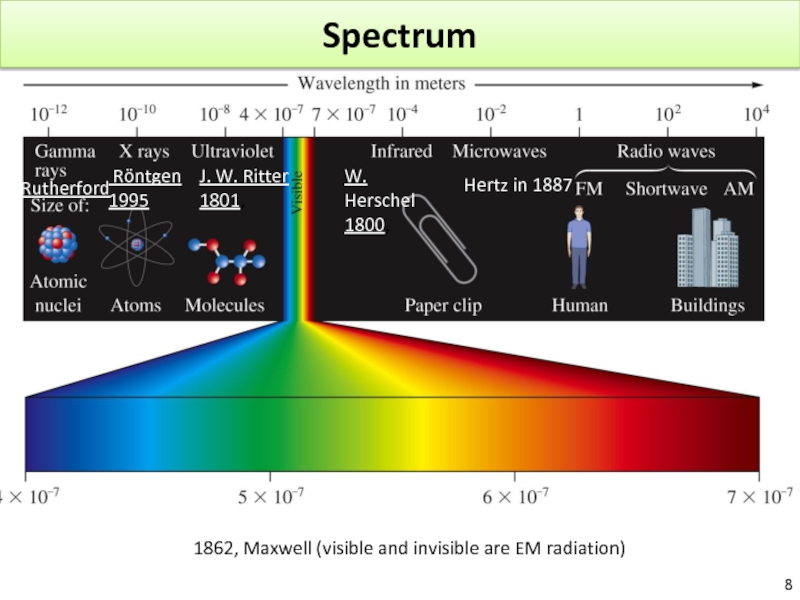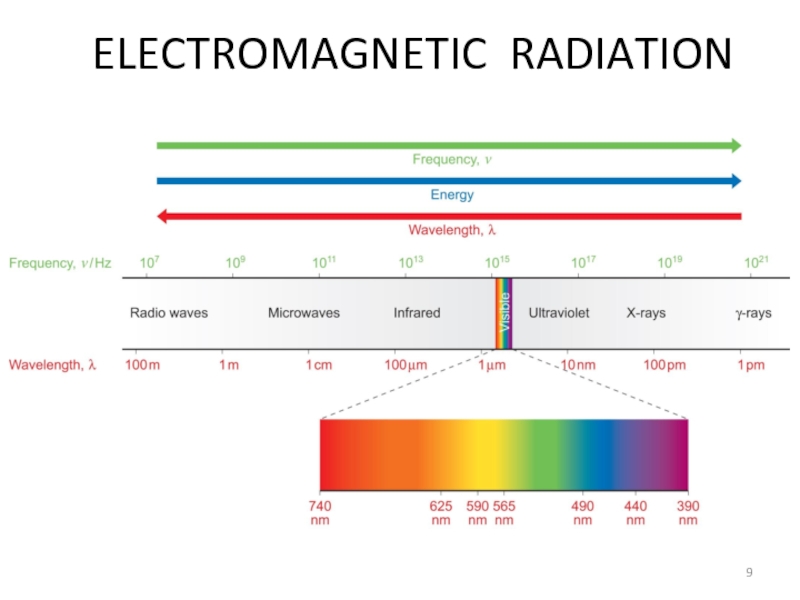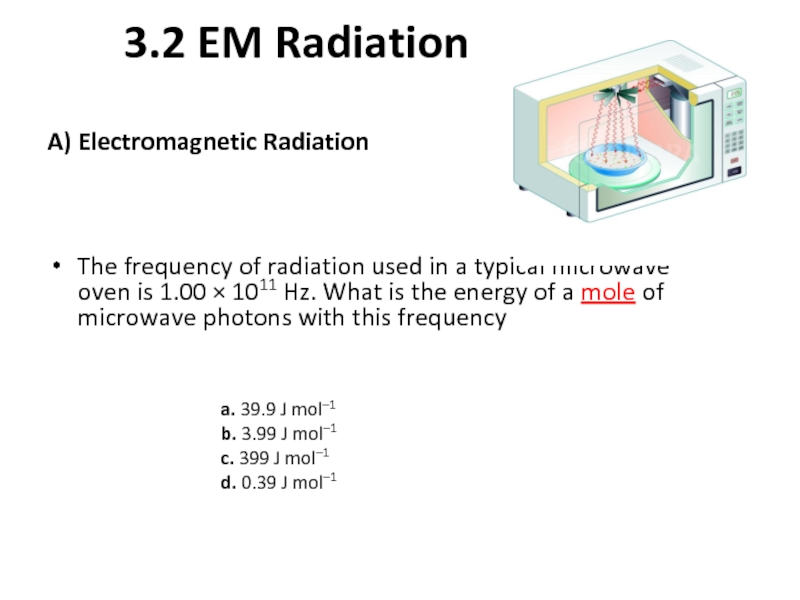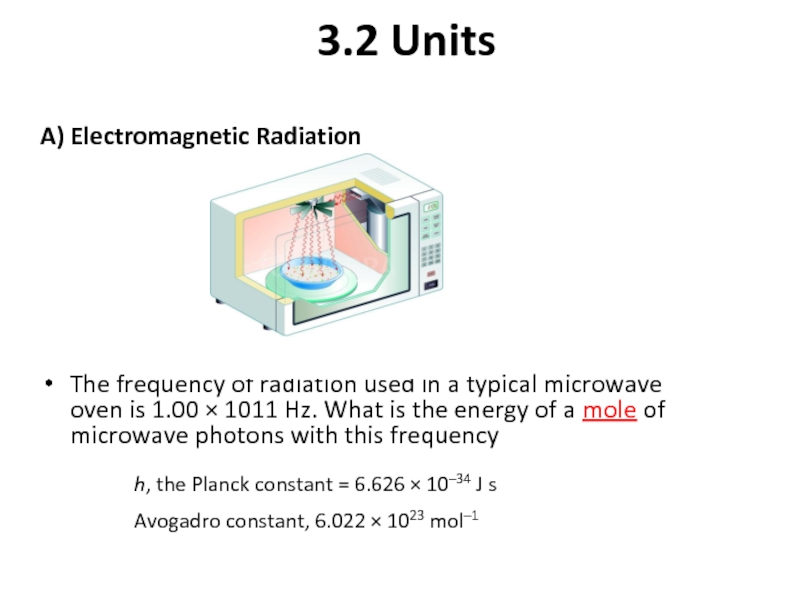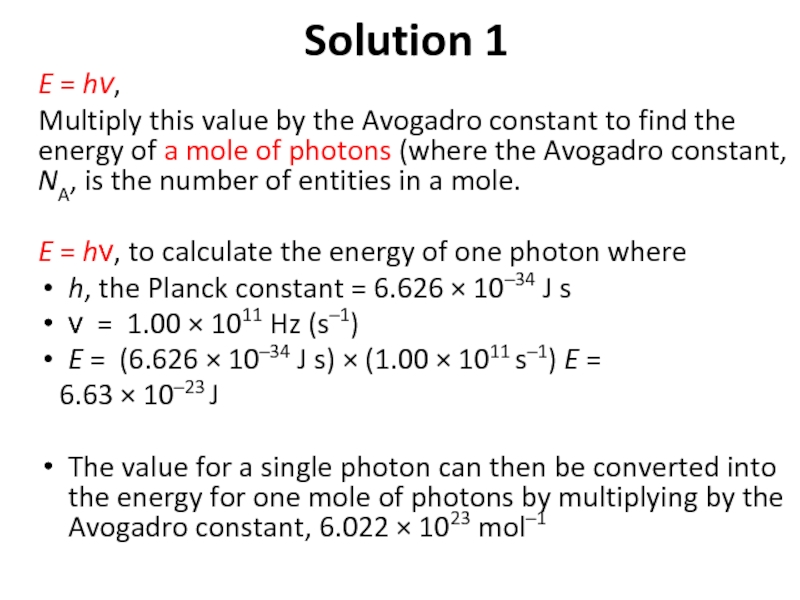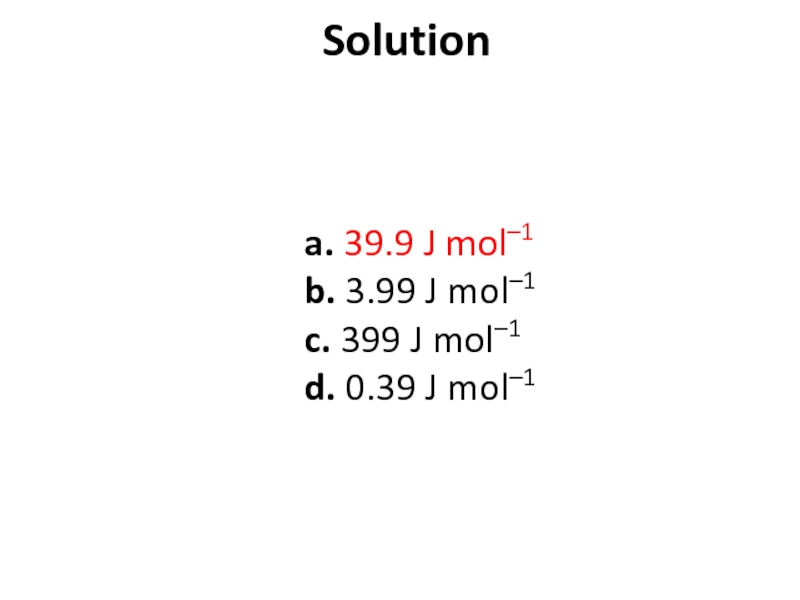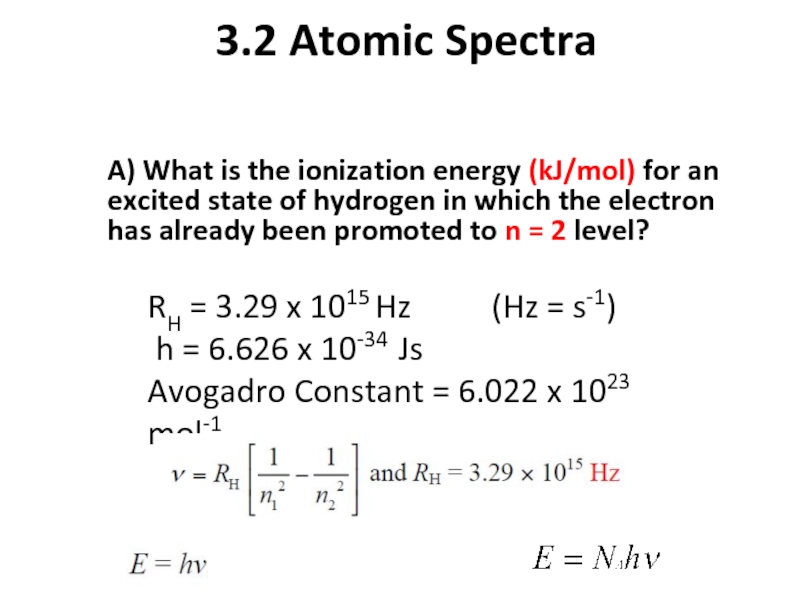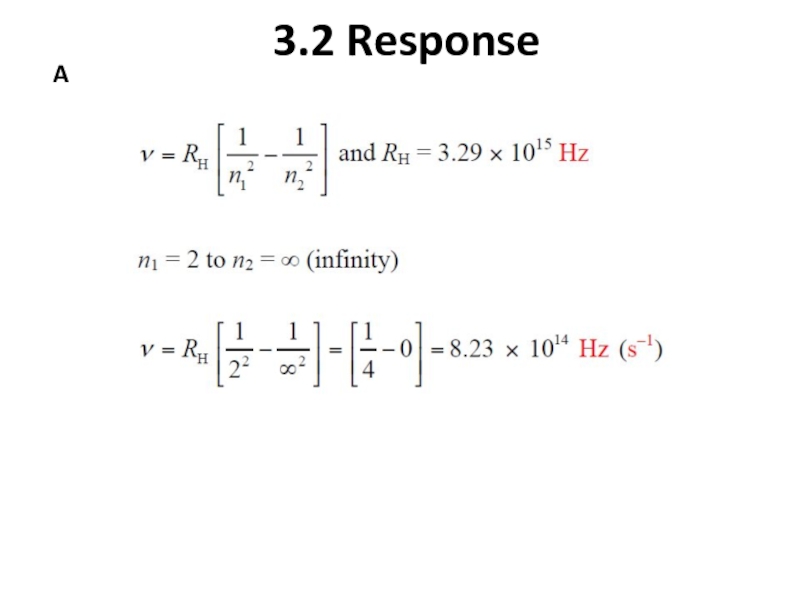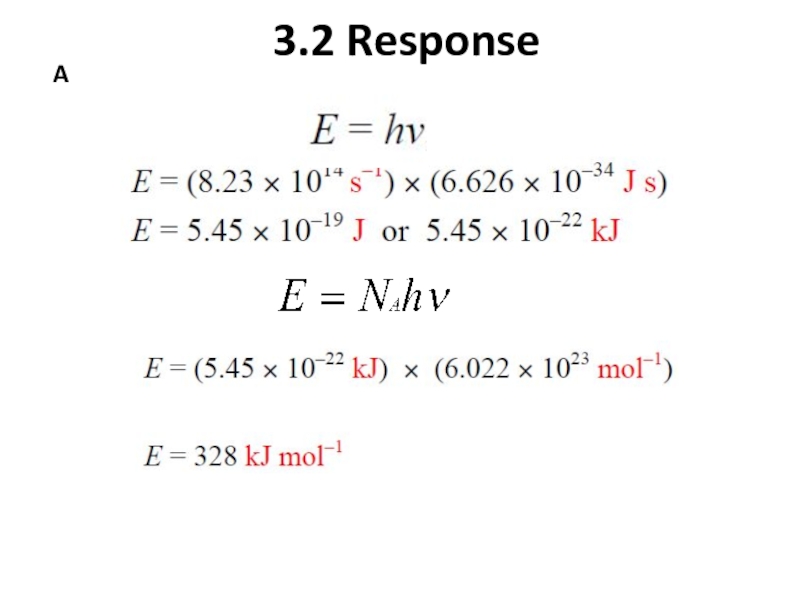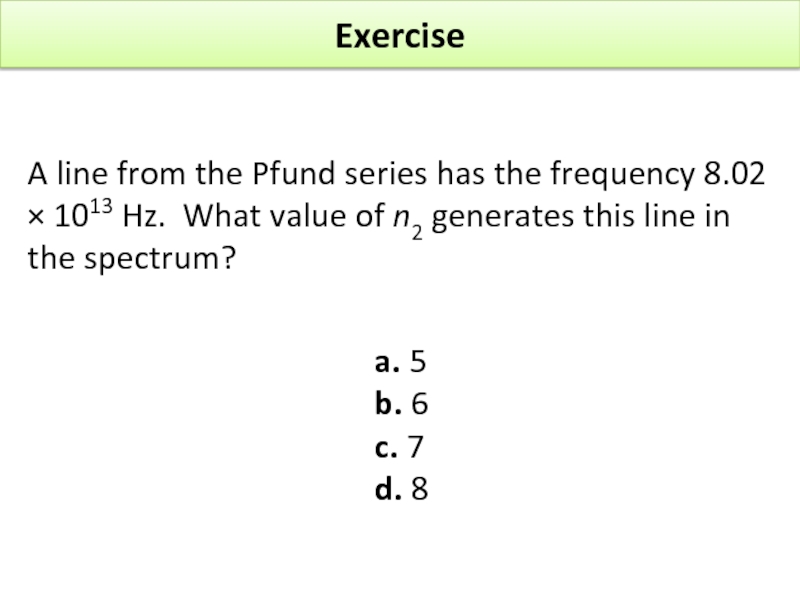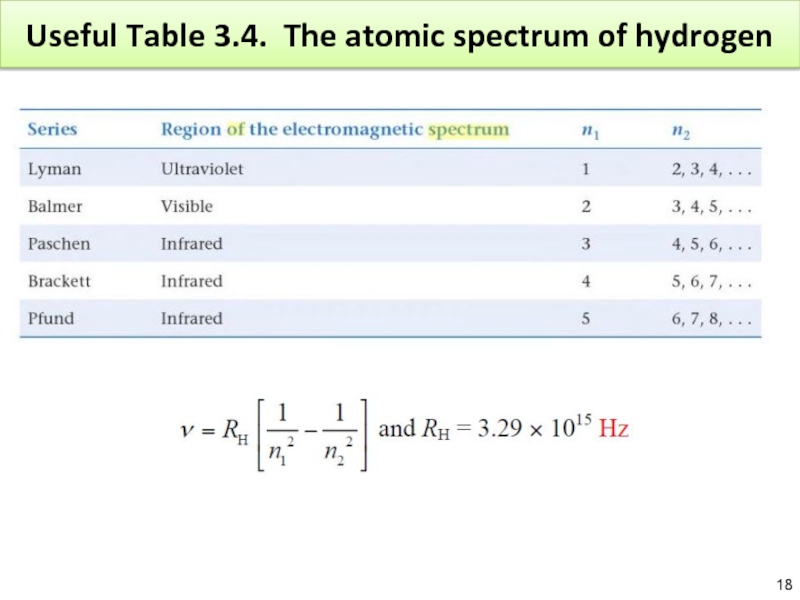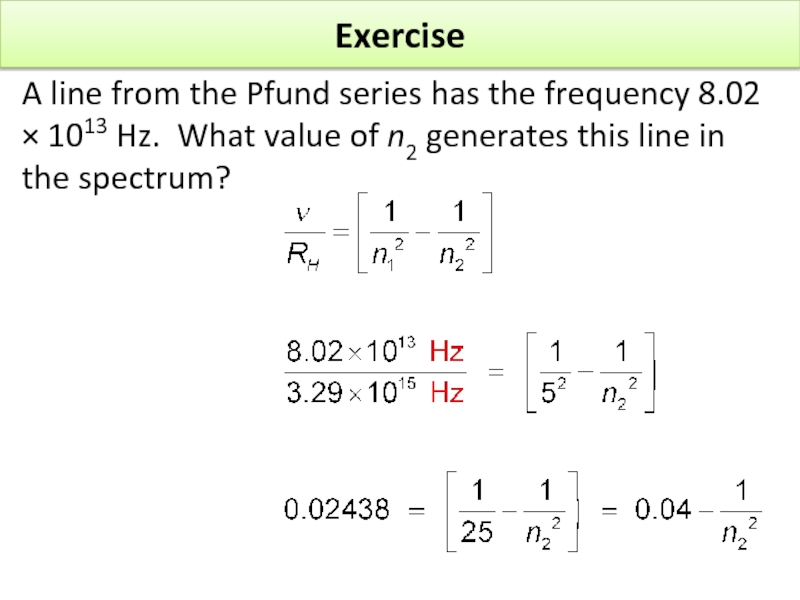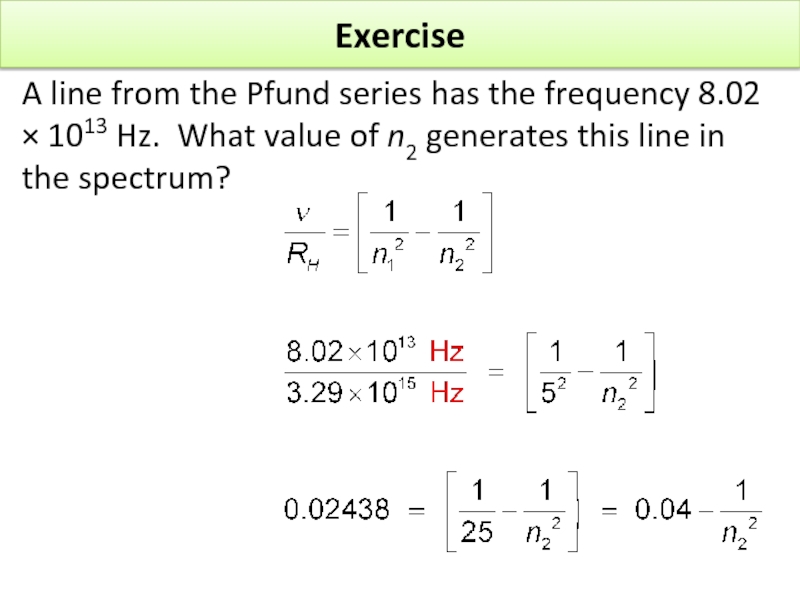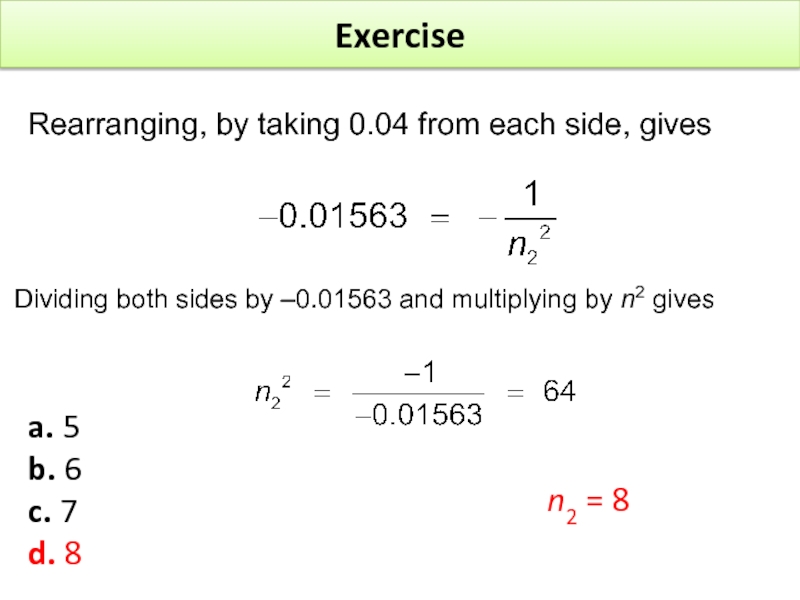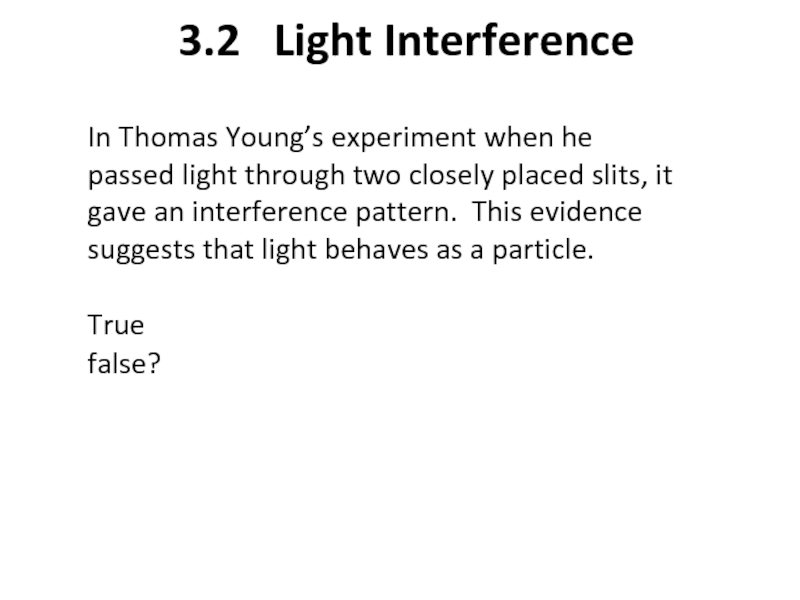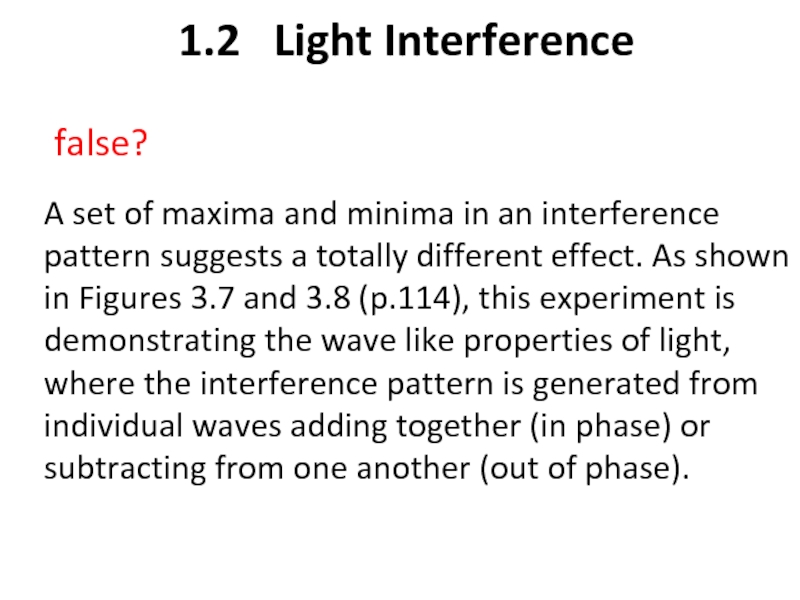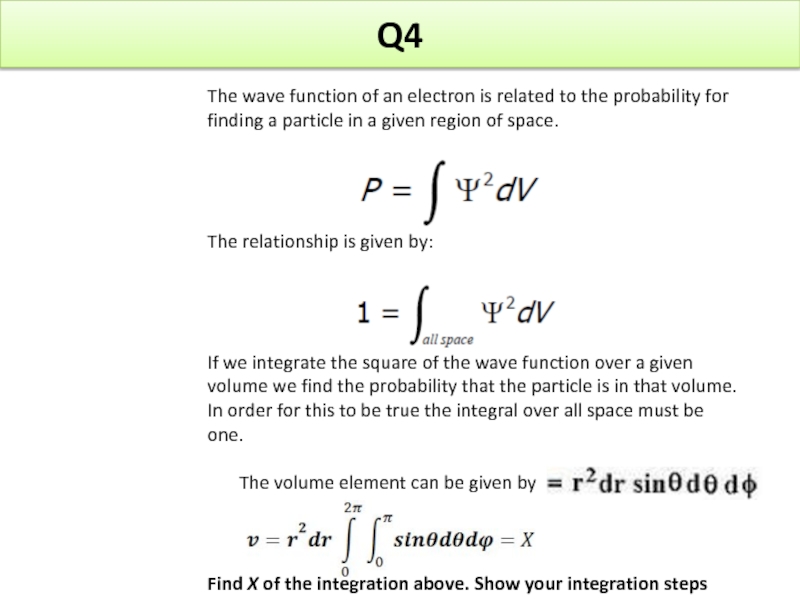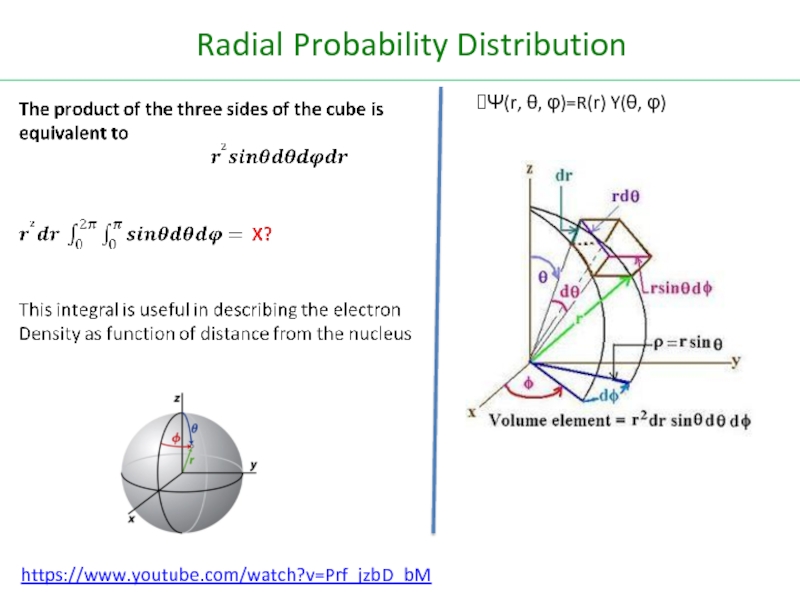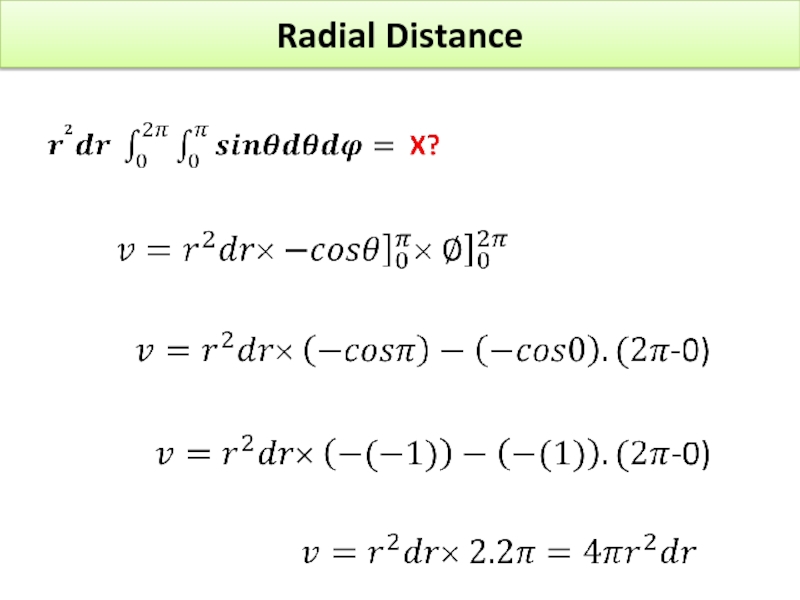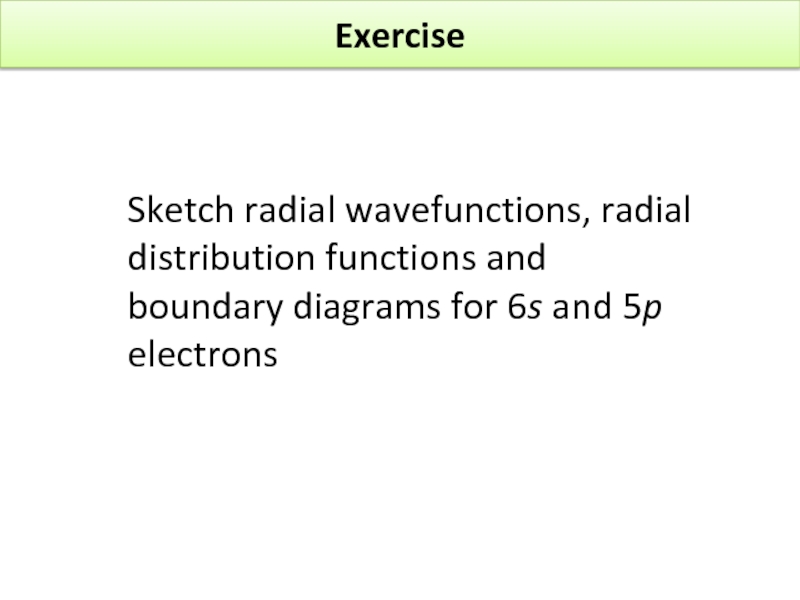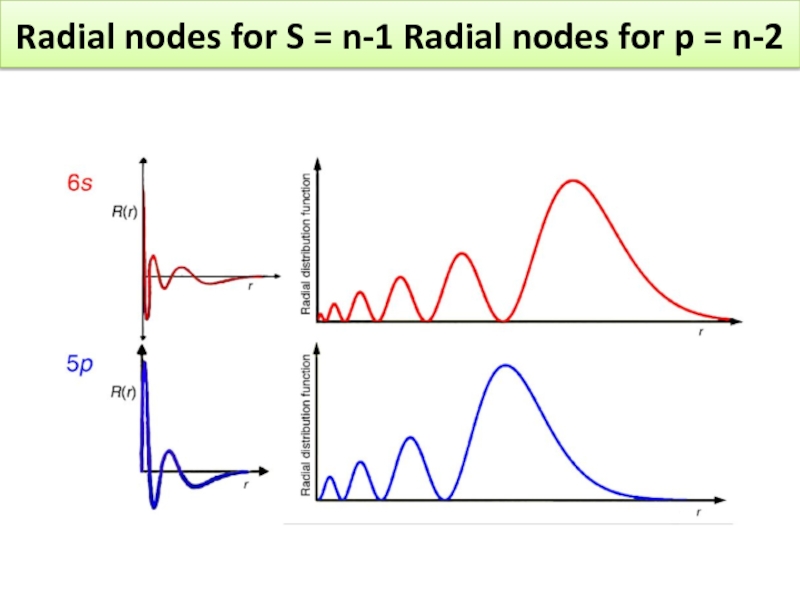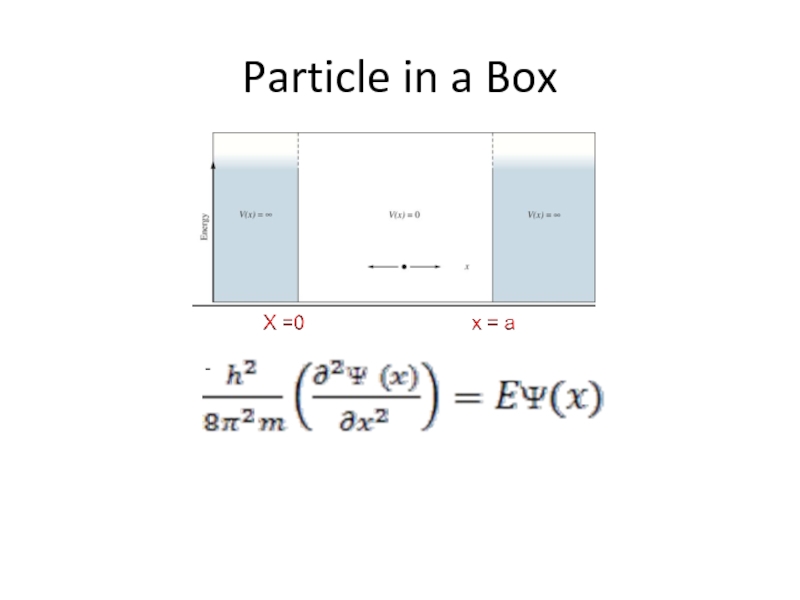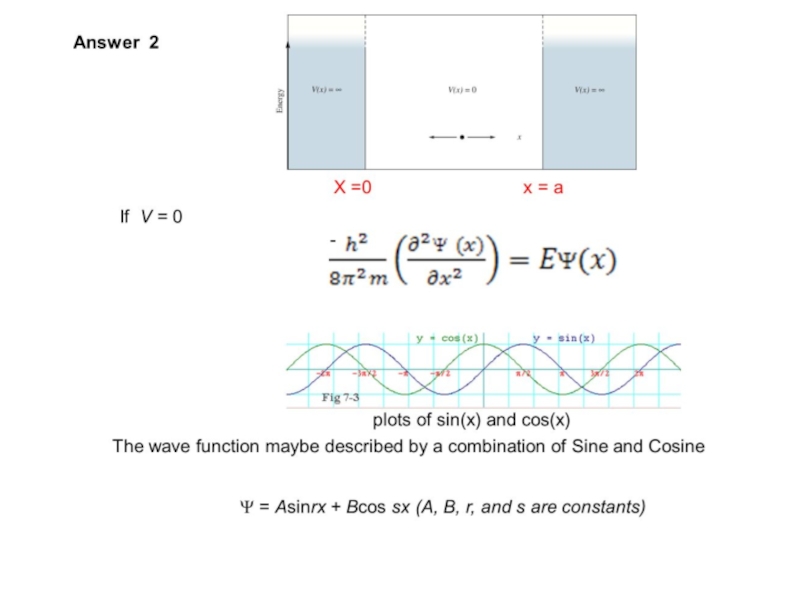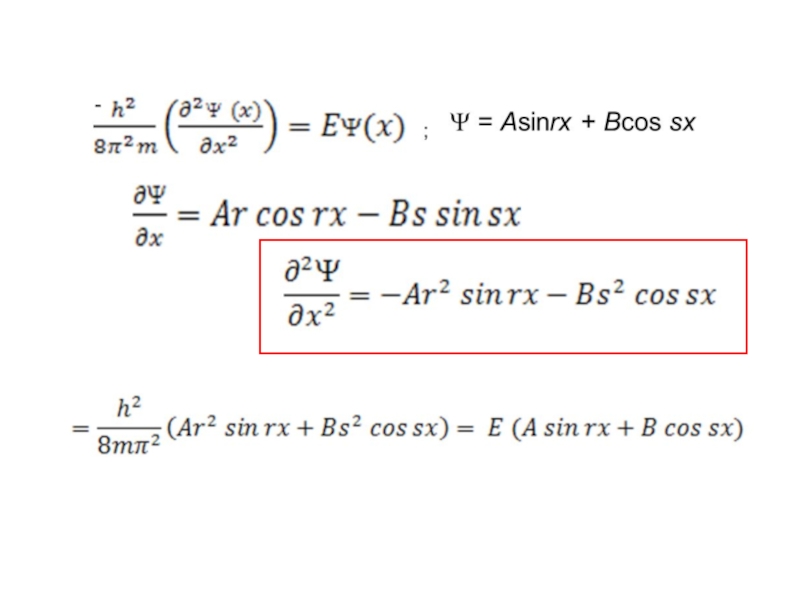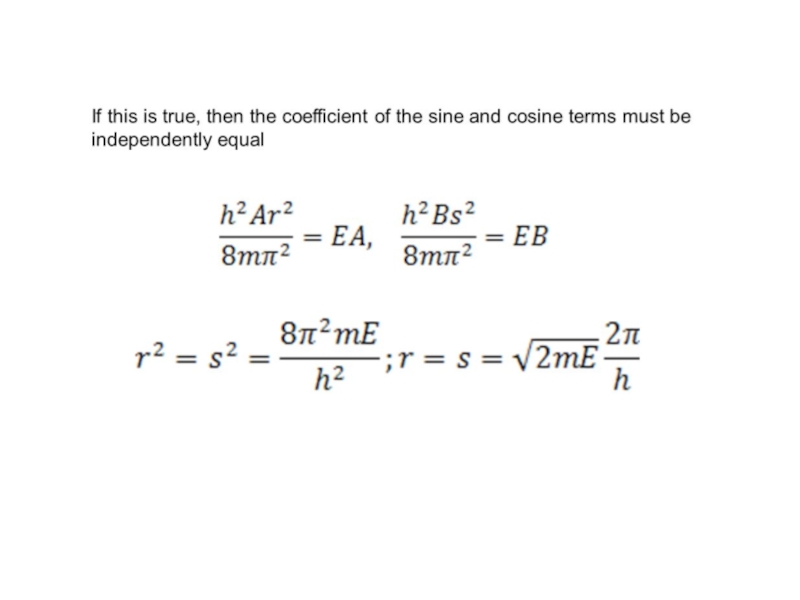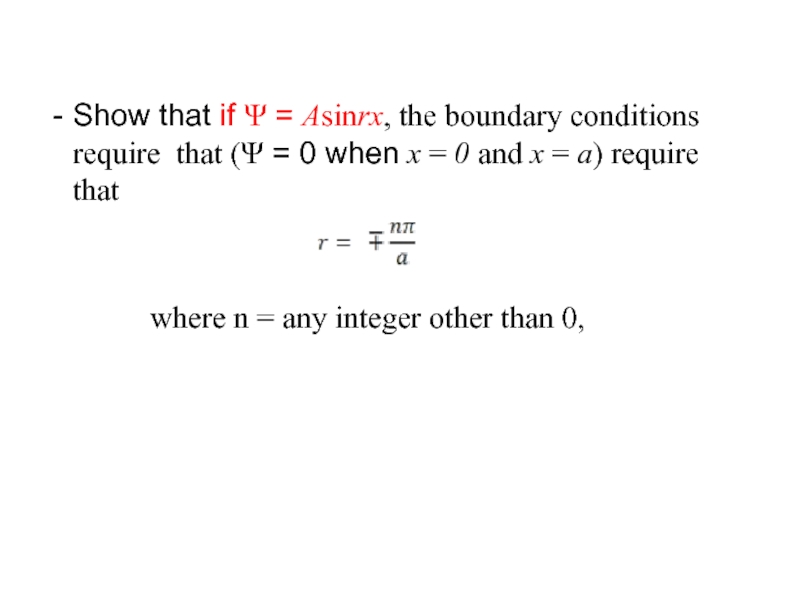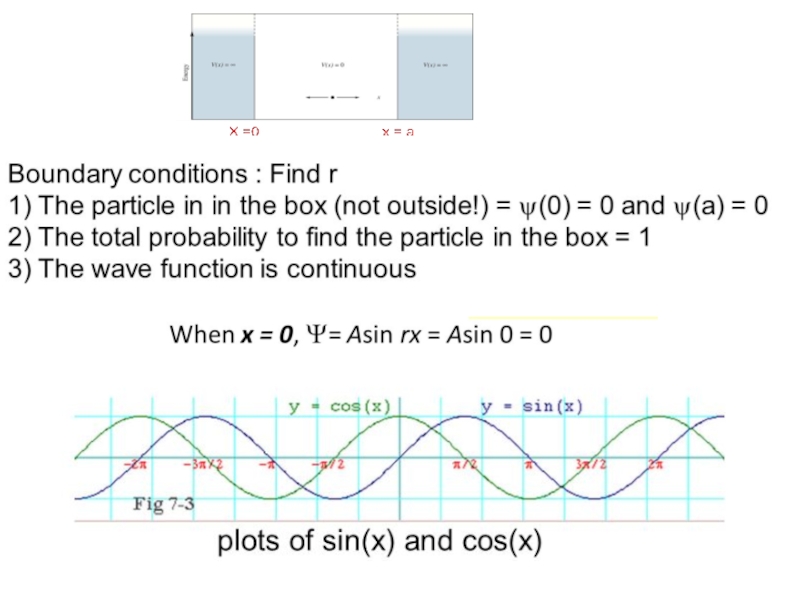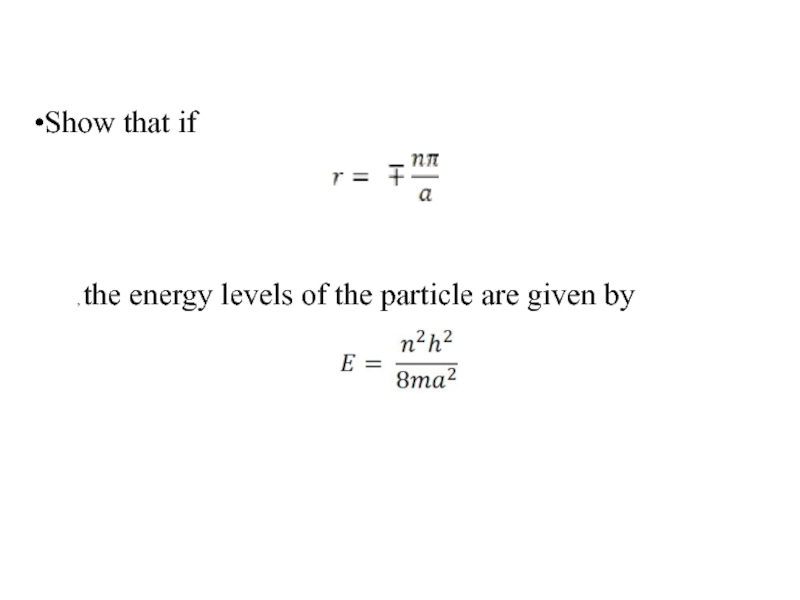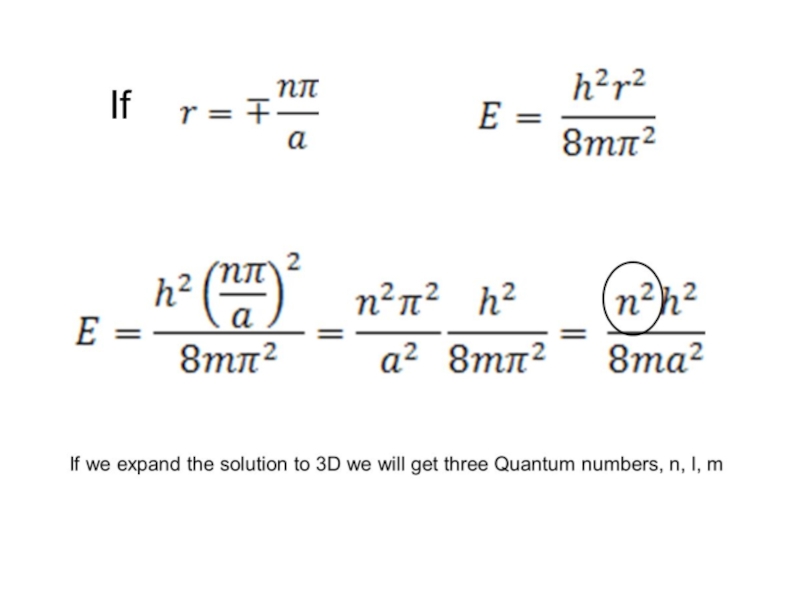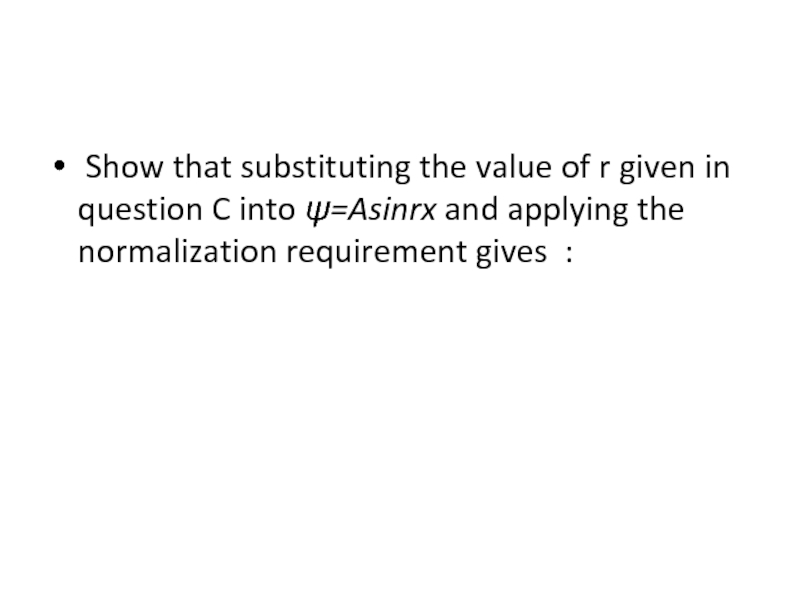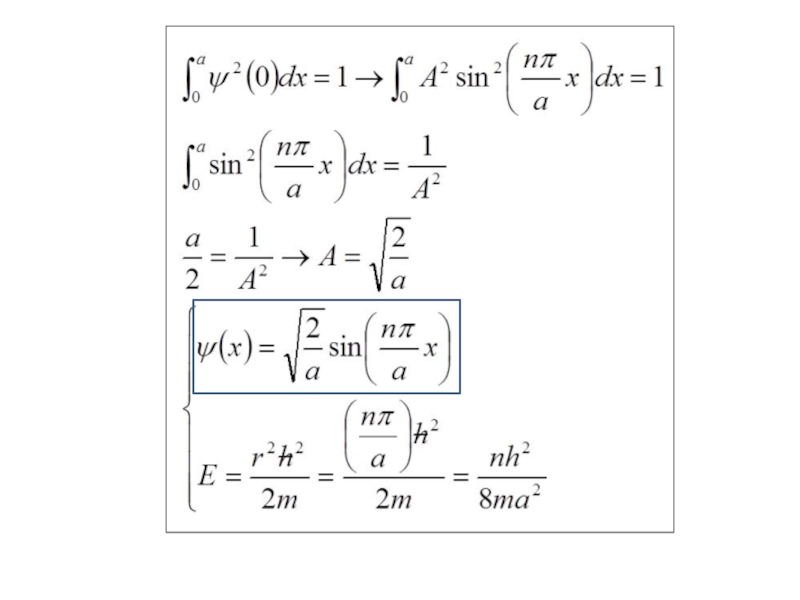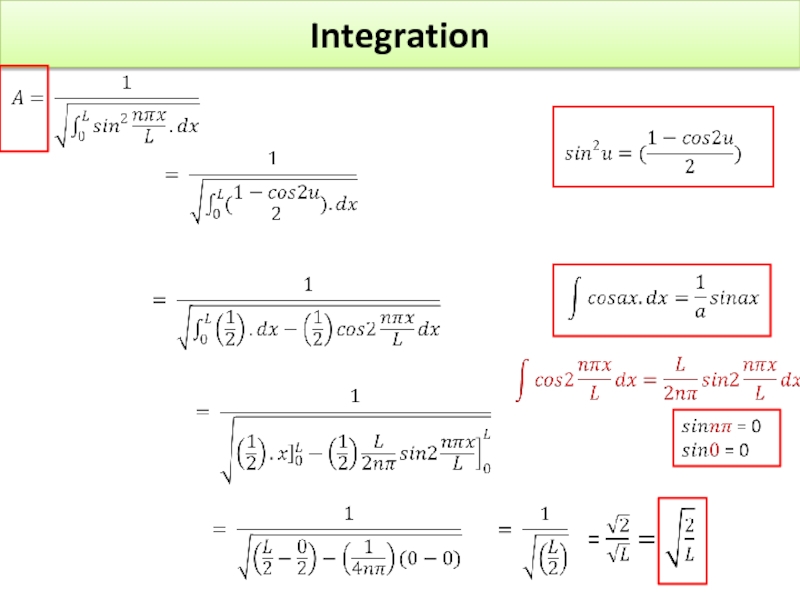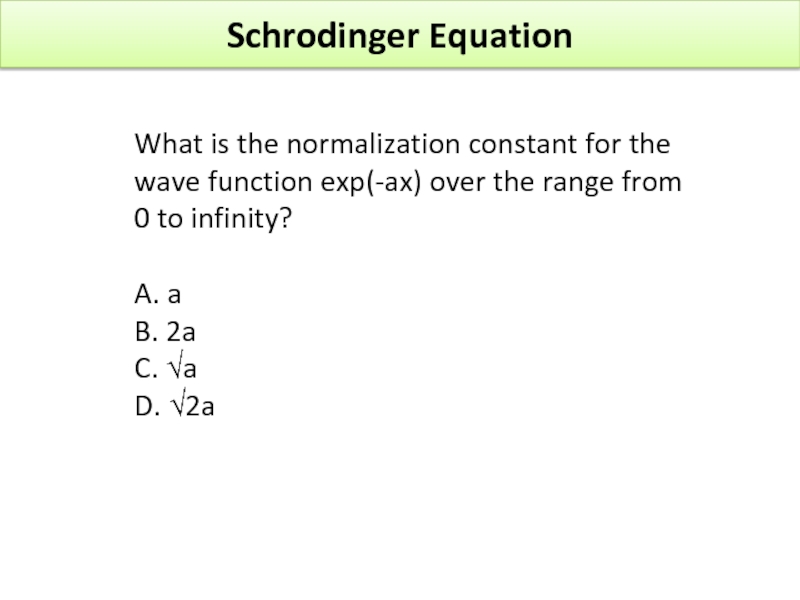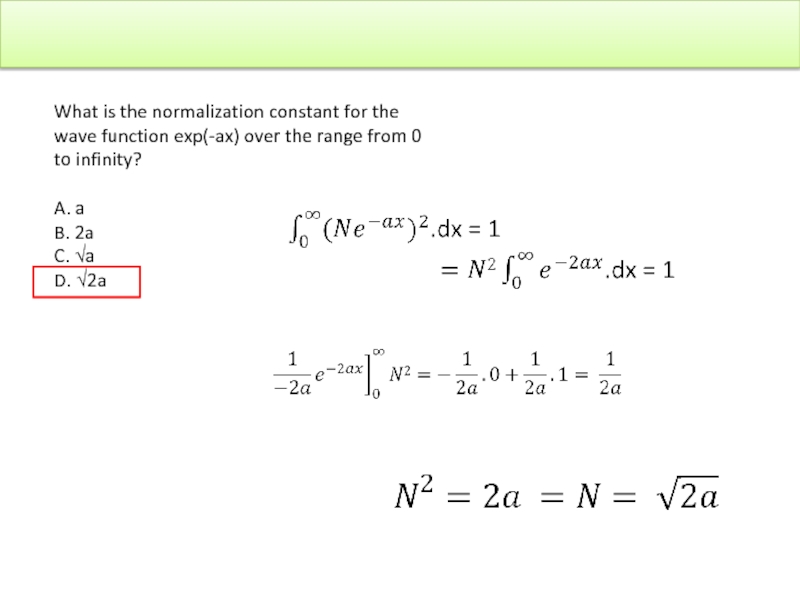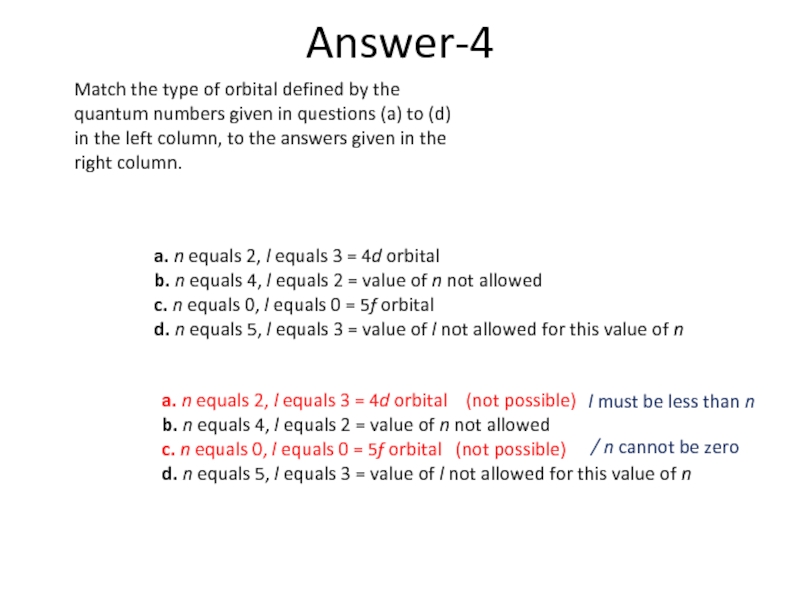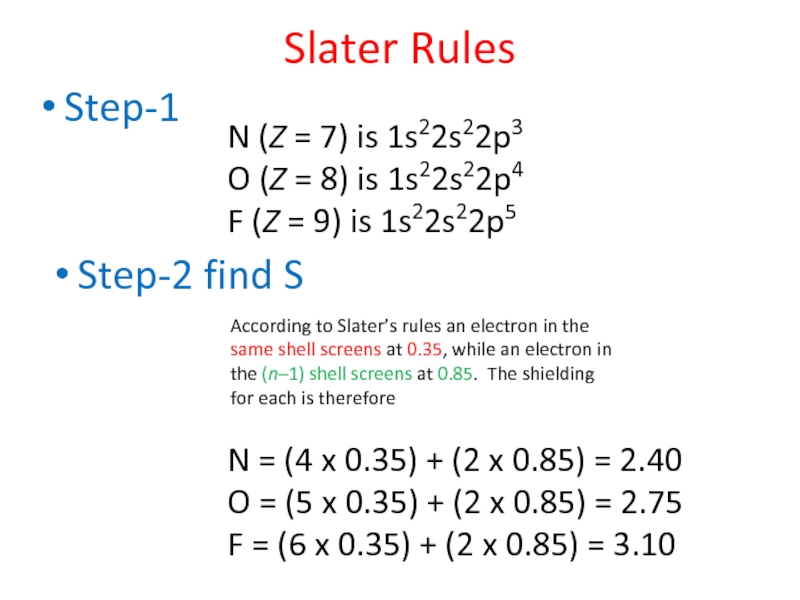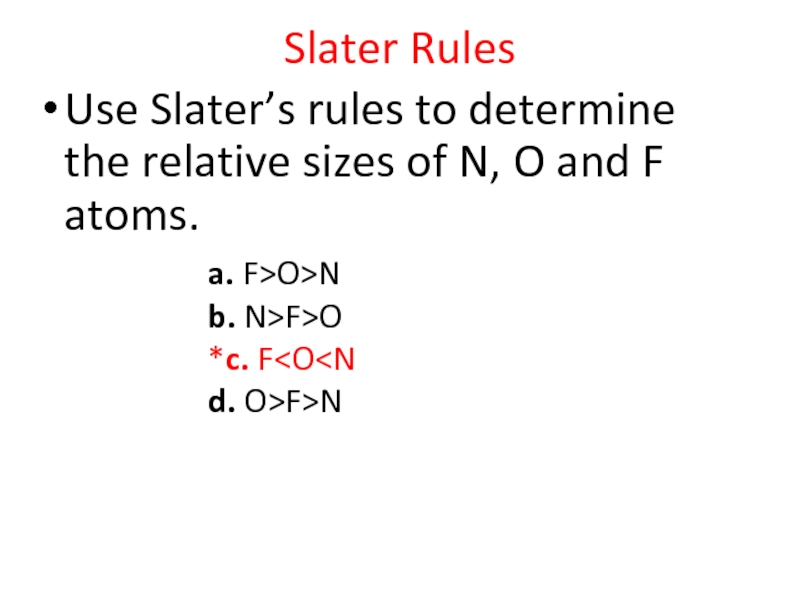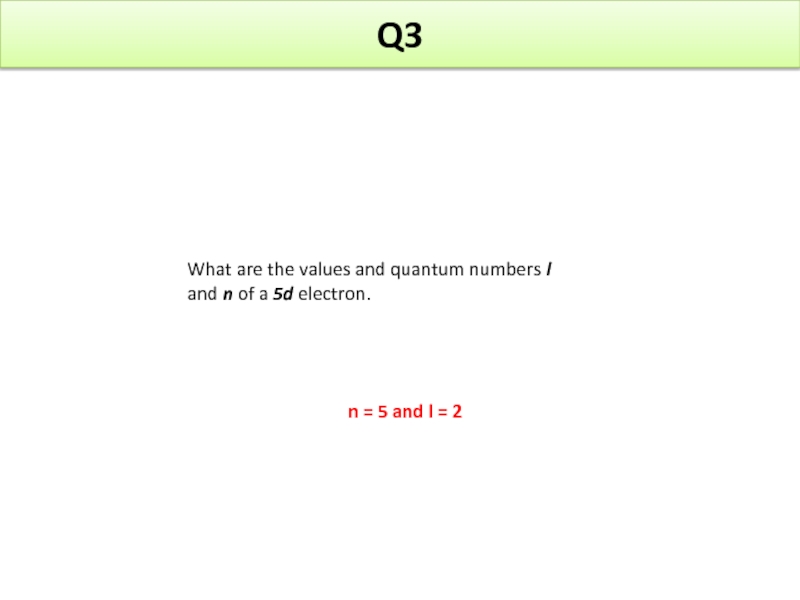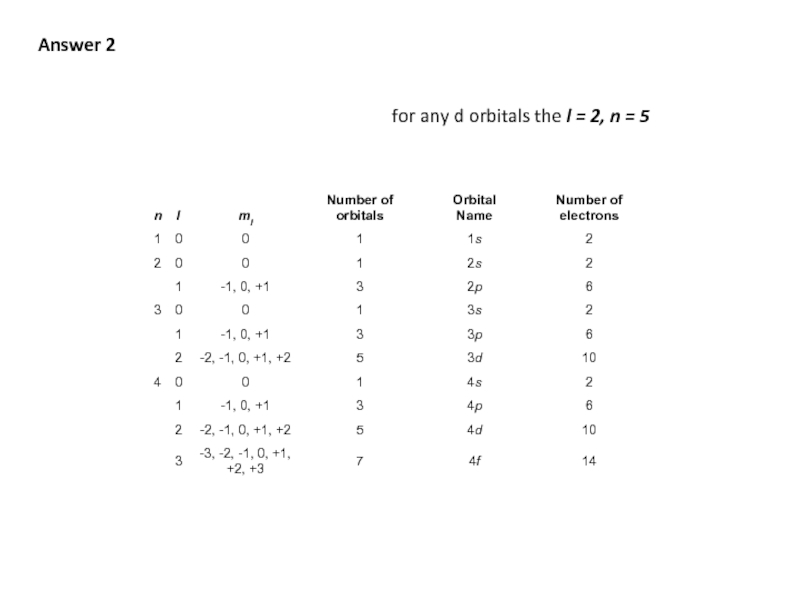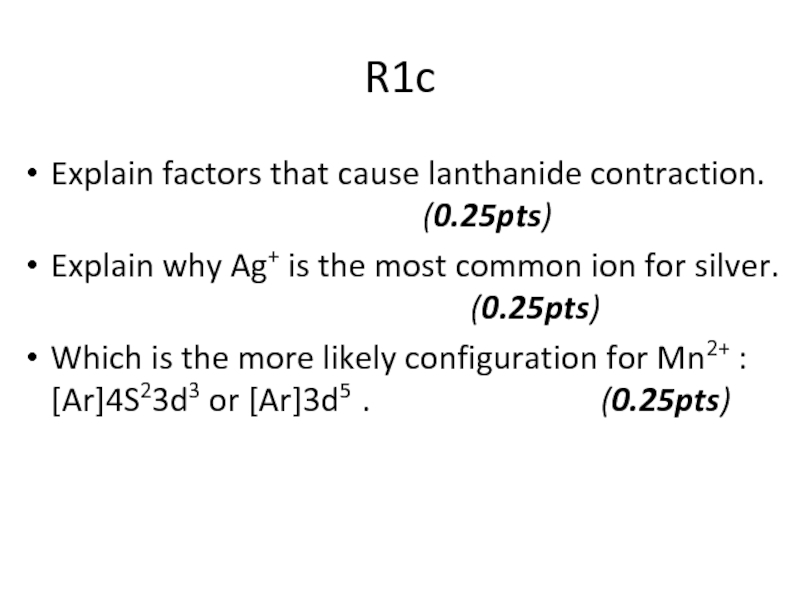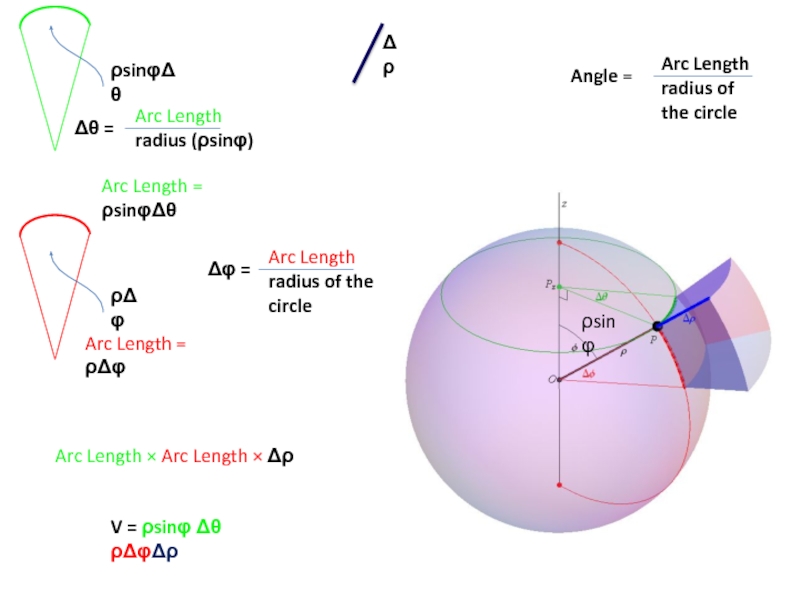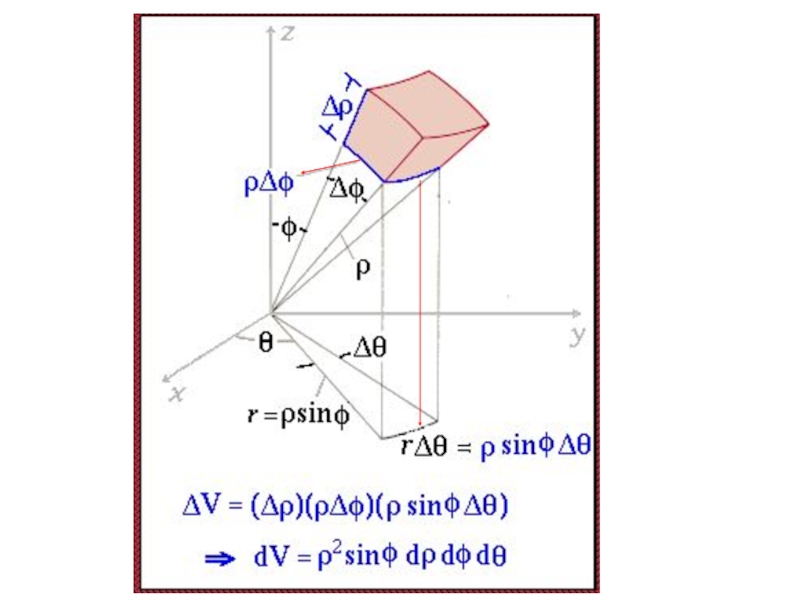- Главная
- Разное
- Дизайн
- Бизнес и предпринимательство
- Аналитика
- Образование
- Развлечения
- Красота и здоровье
- Финансы
- Государство
- Путешествия
- Спорт
- Недвижимость
- Армия
- Графика
- Культурология
- Еда и кулинария
- Лингвистика
- Английский язык
- Астрономия
- Алгебра
- Биология
- География
- Детские презентации
- Информатика
- История
- Литература
- Маркетинг
- Математика
- Медицина
- Менеджмент
- Музыка
- МХК
- Немецкий язык
- ОБЖ
- Обществознание
- Окружающий мир
- Педагогика
- Русский язык
- Технология
- Физика
- Философия
- Химия
- Шаблоны, картинки для презентаций
- Экология
- Экономика
- Юриспруденция
Atomic structure презентация
Содержание
- 1. Atomic structure
- 2. Q1 Select the best choice : Most
- 3. R1 Select the best choice : Most
- 4. Q2 Explain why Ag+ is the most
- 5. R2 Ag+ is the most common ion
- 6. R1C The preferred configuration of Mn2+
- 7. 3.2 Units A) Electromagnetic Radiation
- 8. Spectrum 1862, Maxwell (visible
- 9. ELECTROMAGNETIC RADIATION
- 10. 3.2 EM Radiation A) Electromagnetic Radiation
- 11. 3.2 Units A) Electromagnetic Radiation
- 12. Solution 1 E = hν, Multiply
- 13. Solution a. 39.9 J mol–1 b. 3.99
- 14. 3.2 Atomic Spectra A) What is the
- 15. 3.2 Response A
- 16. 3.2 Response A
- 17. Exercise A line from the Pfund series
- 18. Useful Table 3.4. The atomic spectrum of hydrogen
- 19. Exercise A line from the Pfund series
- 20. Exercise A line from the Pfund series
- 21. Exercise Rearranging, by taking 0.04 from
- 22. 3.2 Light Interference
- 23. 1.2 Light Interference A set of
- 24. Q4 The wave function of an electron
- 25. Radial Probability Distribution https://www.youtube.com/watch?v=Prf_jzbD_bM Ψ(r, θ, φ)=R(r) Y(θ, φ)
- 26. Radial Distance
- 27. Exercise Sketch radial wavefunctions, radial distribution functions and boundary diagrams for 6s and 5p electrons
- 28. Radial nodes for S = n-1 Radial nodes for p = n-2
- 29. Particle in a Box
- 33. Show that if Ψ = Asinrx, the
- 35. Show that if , the energy
- 37. Show that substituting the value of
- 39. Integration
- 40. Schrodinger Equation What is the normalization constant
- 41. What is the normalization constant for
- 42. Match the type of orbital defined by
- 43. Use Slater’s rules to determine the relative
- 44. Step-1 Slater Rules N
- 45. Use Slater’s rules to determine the relative
- 46. Electronic Configuration
- 47. Q3 What are the values and quantum
- 48. Answer 2 for any d
- 49. R1c Explain factors that cause lanthanide contraction.
- 50. ρsinφ Δρ Angle = Arc Length
Слайд 2Q1
Select the best choice :
Most energy necessary to remove one electron:
Cu Cu+ Cu2+
Highest electron affinity
Cl Br I
Greatest volume
S2- Ar Ca2+
Слайд 3R1
Select the best choice :
Most energy necessary to remove one electron:
Cu Cu+ Cu2+
Has the greatest surplus of protons; smallest the most difficult to attract electrons from
Highest electron affinity
Cl Br I
EA is the greatest for the smallest halogen; strongest attraction between nucleus and outermost electrons), so Cl has the highest value
Greatest volume
S2- Ar Ca2+
S has the fewest protons, is therefore the largest
Слайд 4Q2
Explain why Ag+ is the most common ion for silver.
Which is the more likely configuration for Mn2+ : [Ar]4S23d3 or [Ar]3d5 .
Слайд 5R2
Ag+ is the most common ion for silver because it has
Слайд 6R1C
The preferred configuration
of Mn2+ is [Ar]3d5
The 3d orbital are lower
Слайд 73.2 Units
A) Electromagnetic Radiation
3.2.1: Electromagnetic Radiation
3.2.2: Quantization
3.2.3: The Atomic Spectrum of
Слайд 8Spectrum
1862, Maxwell (visible and invisible are EM radiation)
J. W. Ritter
1801,
W.
1800,
Hertz in 1887
Röntgen
1995
Rutherford
Слайд 103.2 EM Radiation
A) Electromagnetic Radiation
The frequency of radiation used in a
a. 39.9 J mol–1
b. 3.99 J mol–1
c. 399 J mol–1
d. 0.39 J mol–1
Слайд 113.2 Units
A) Electromagnetic Radiation
The frequency of radiation used in a typical
h, the Planck constant = 6.626 × 10–34 J s
Avogadro constant, 6.022 × 1023 mol–1
Слайд 12Solution 1
E = hν,
Multiply this value by the Avogadro constant
E = hν, to calculate the energy of one photon where
h, the Planck constant = 6.626 × 10–34 J s
ν = 1.00 × 1011 Hz (s–1)
E = (6.626 × 10–34 J s) × (1.00 × 1011 s–1) E =
6.63 × 10–23 J
The value for a single photon can then be converted into the energy for one mole of photons by multiplying by the Avogadro constant, 6.022 × 1023 mol–1
Слайд 143.2 Atomic Spectra
A) What is the ionization energy (kJ/mol) for an
RH = 3.29 x 1015 Hz (Hz = s-1)
h = 6.626 x 10-34 Js
Avogadro Constant = 6.022 x 1023 mol-1
Слайд 17Exercise
A line from the Pfund series has the frequency 8.02 ×
a. 5
b. 6
c. 7
d. 8
Слайд 19Exercise
A line from the Pfund series has the frequency 8.02 ×
Слайд 20Exercise
A line from the Pfund series has the frequency 8.02 ×
Слайд 21Exercise
Rearranging, by taking 0.04 from each side, gives
Dividing both sides by
n2 = 8
a. 5
b. 6
c. 7
d. 8
Слайд 223.2 Light Interference
In Thomas Young’s experiment when he passed light
True
false?
Слайд 231.2 Light Interference
A set of maxima and minima in an
false?
Слайд 24Q4
The wave function of an electron is related to the probability
The relationship is given by:
If we integrate the square of the wave function over a given volume we find the probability that the particle is in that volume. In order for this to be true the integral over all space must be one.
The volume element can be given by
Find X of the integration above. Show your integration steps
Слайд 25Radial Probability Distribution
https://www.youtube.com/watch?v=Prf_jzbD_bM
Ψ(r, θ, φ)=R(r) Y(θ, φ)
Слайд 27Exercise
Sketch radial wavefunctions, radial distribution functions and boundary diagrams for 6s
Слайд 33Show that if Ψ = Asinrx, the boundary conditions require that
where n = any integer other than 0,
Слайд 37 Show that substituting the value of r given in question
Слайд 40Schrodinger Equation
What is the normalization constant for the wave function exp(-ax)
A. a
B. 2a
C. √a
D. √2a
Слайд 41
What is the normalization constant for the wave function exp(-ax) over
A. a
B. 2a
C. √a
D. √2a
Слайд 42Match the type of orbital defined by the quantum numbers given
Answer-4
a. n equals 2, l equals 3 = 4d orbital
b. n equals 4, l equals 2 = value of n not allowed
c. n equals 0, l equals 0 = 5f orbital
d. n equals 5, l equals 3 = value of l not allowed for this value of n
Слайд 43Use Slater’s rules to determine the relative sizes of N, O
Slater Rules
a. F>O>N
b. N>F>O
c. F
Слайд 44Step-1
Slater Rules
N (Z = 7) is 1s22s22p3
O (Z = 8) is
F (Z = 9) is 1s22s22p5
Step-2 find S
According to Slater’s rules an electron in the same shell screens at 0.35, while an electron in the (n–1) shell screens at 0.85. The shielding for each is therefore
N = (4 x 0.35) + (2 x 0.85) = 2.40
O = (5 x 0.35) + (2 x 0.85) = 2.75
F = (6 x 0.35) + (2 x 0.85) = 3.10
Слайд 45Use Slater’s rules to determine the relative sizes of N, O
Slater Rules
a. F>O>N
b. N>F>O
*c. F
Слайд 49R1c
Explain factors that cause lanthanide contraction.
Explain why Ag+ is the most common ion for silver. (0.25pts)
Which is the more likely configuration for Mn2+ : [Ar]4S23d3 or [Ar]3d5 . (0.25pts)
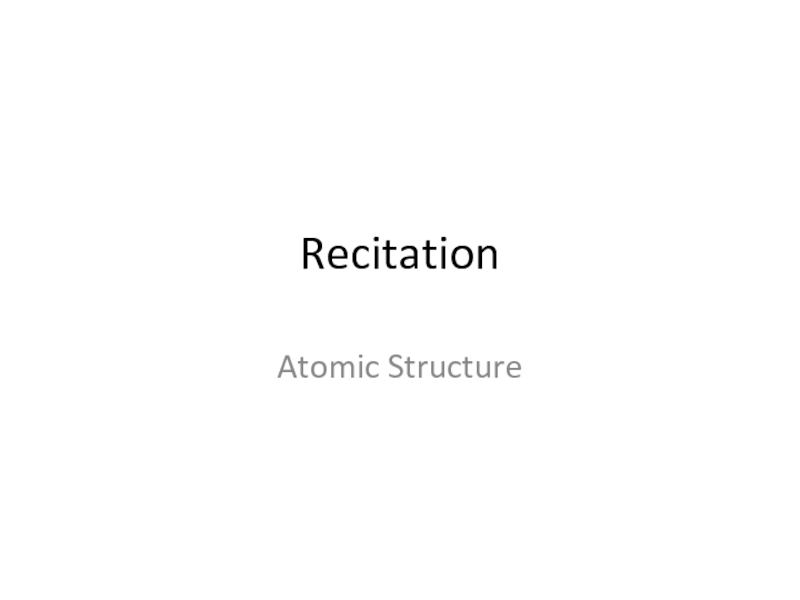
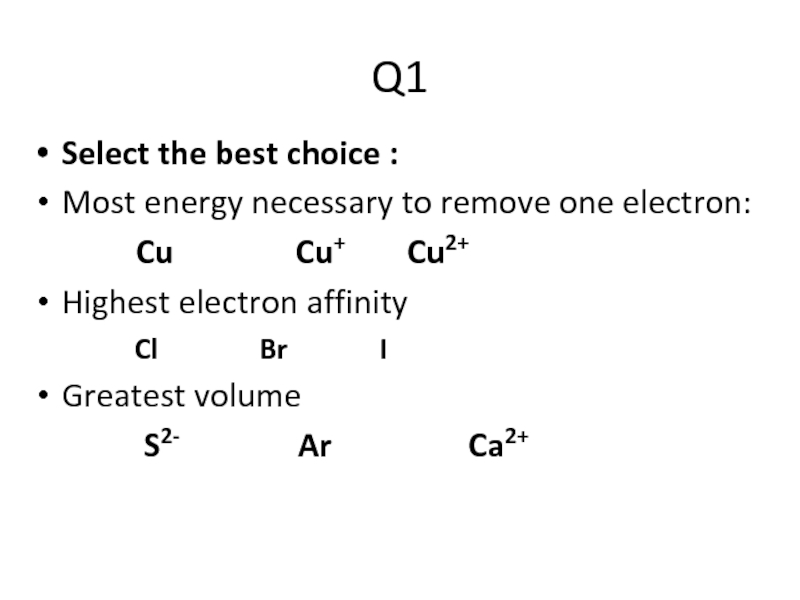
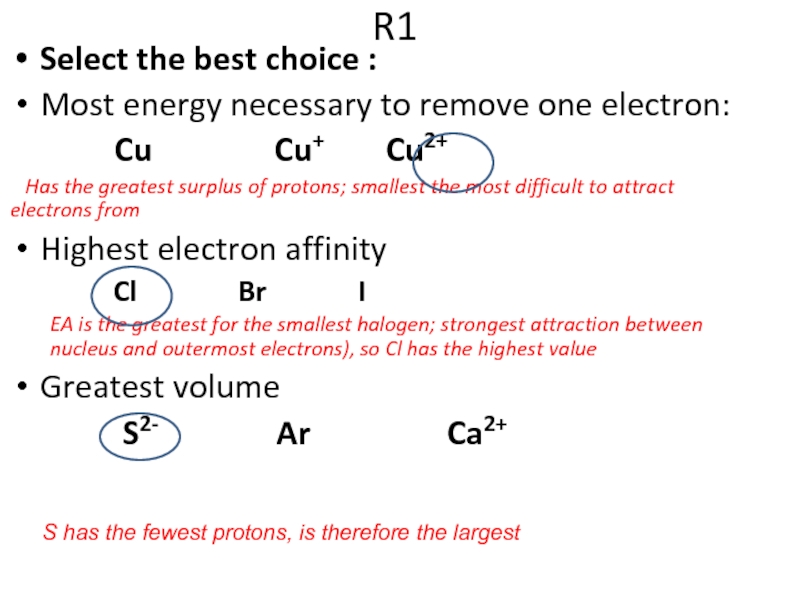
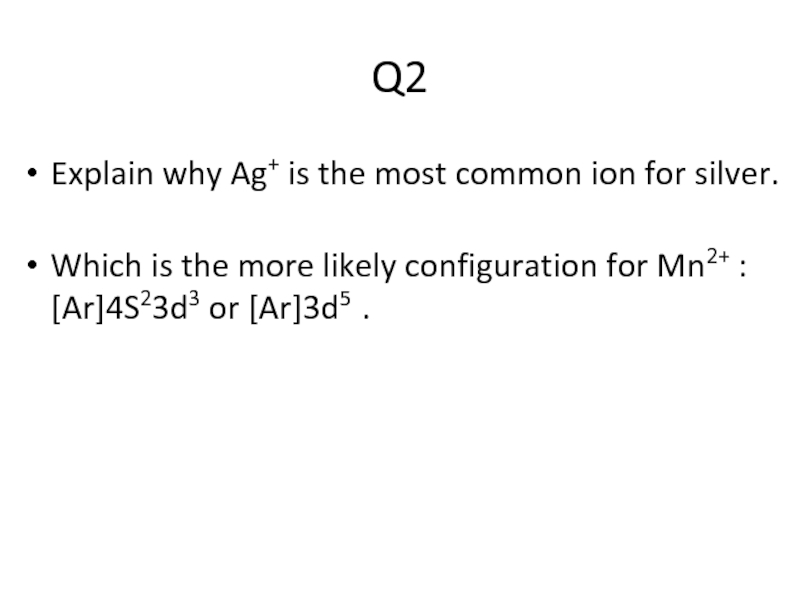
![R2Ag+ is the most common ion for silver because it has [Kr]4d10 . With filled](/img/tmb/5/452790/482b744a4b03bf106a147fab1a0580d9-800x.jpg)
![R1CThe preferred configuration of Mn2+ is [Ar]3d5The 3d orbital are lower in energy than the](/img/tmb/5/452790/c46256abdaeb6d46a1d504d142e3a5ba-800x.jpg)
